Frozen in a calm pose, his gaze direct and penetrating, Rousseau embodies here the ideal of the enlightened man, austere and sincere, faithful to nature and the virtue he advocated in his works. The sober treatment of the clothing—brown coat, buttoned waistcoat, pleated white shirt—as well as the powdered wig, testify to an elegance without ostentation.
The restrained palette and the dark background highlight the clarity of the face, in a balance between gravity and humanity. A cult image of RousseauThis portrait marked its era by its power to capture: it is not only a representation, but an incarnation of Rousseau.
The philosopher himself recognized its evocative power. In a letter to the painter dated 1764, he wrote: "This admirable portrait, which in some way makes the original respectable, will never leave me: it will be before my eyes every day of my life: it will speak constantly to my heart […]."
This statement gives the portrait an emotional and almost votive value: it becomes a spiritual double, a permanent presence. The painting thus acquires the rare status of a living icon, in permanent dialogue with the thoughts of its model.
A work with many lives
Maurice Quentin de La Tour painted this portrait of Rousseau four times, a sign of its exceptional importance. The first version was exhibited at the Salon de peinture in 1753, but Rousseau, unable to afford it, declined the painter's offer to donate it to him. In 1759, however, he requested a new version, which he wished to offer to Madame d'Épinay. Ironically, when it was brought to him in Montmorency, their friendship had broken down: Rousseau kept the painting, which he later offered to Marshal Luxembourg - it is now in the Jean-Jacques Rousseau Museum in Môtiers. La Tour then made a replica for himself, now in the Lécuyer Museum in Saint-Quentin. In 1764, he gave Rousseau a second copy, which the latter left with his landlady when he left Môtiers in a hurry in 1765 - this portrait is now in the Jean-Jacques Rousseau Museum in Montmorency. Finally, in 1763, another copy was commissioned by François Coindet, a Geneva banker and friend of the philosopher, and is now on display at the Geneva Museum of Art and History.





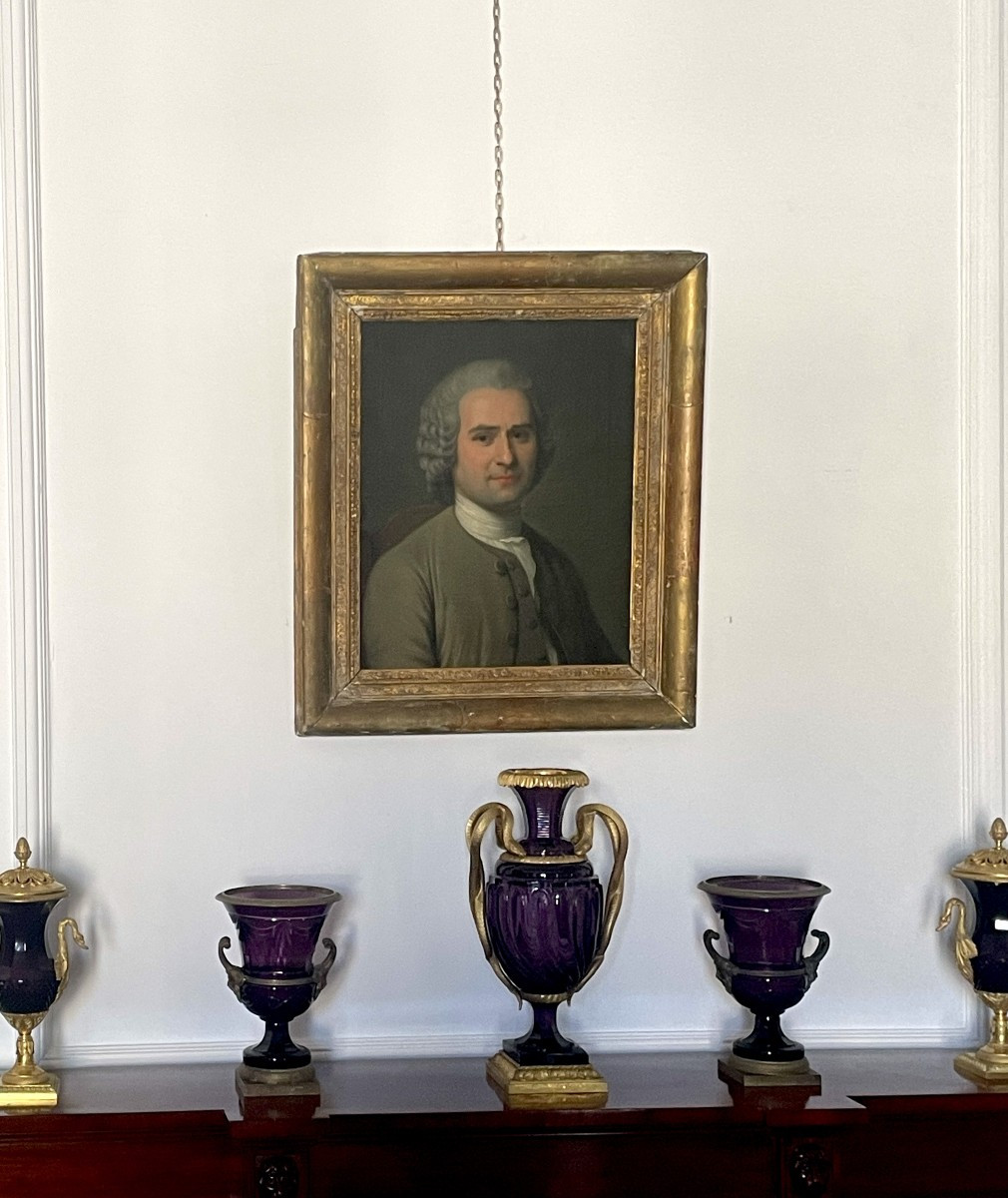










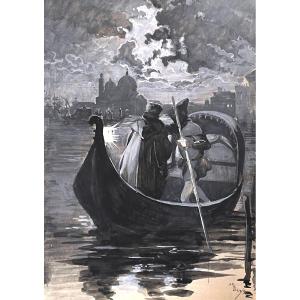








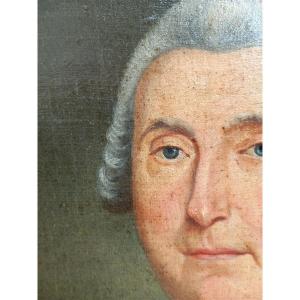


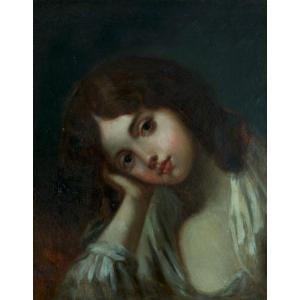
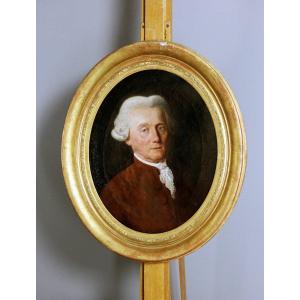



 Le Magazine de PROANTIC
Le Magazine de PROANTIC TRÉSORS Magazine
TRÉSORS Magazine Rivista Artiquariato
Rivista Artiquariato